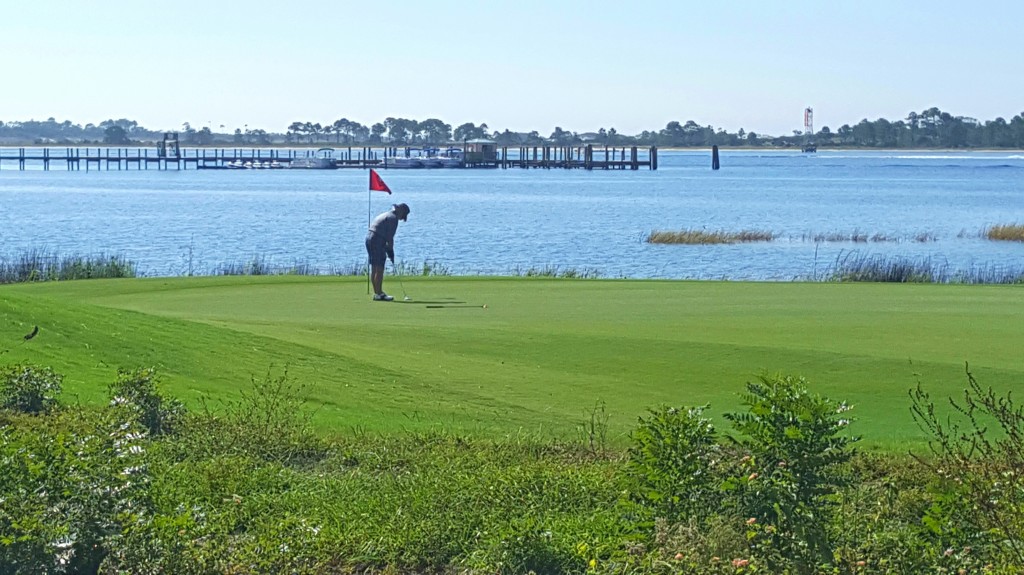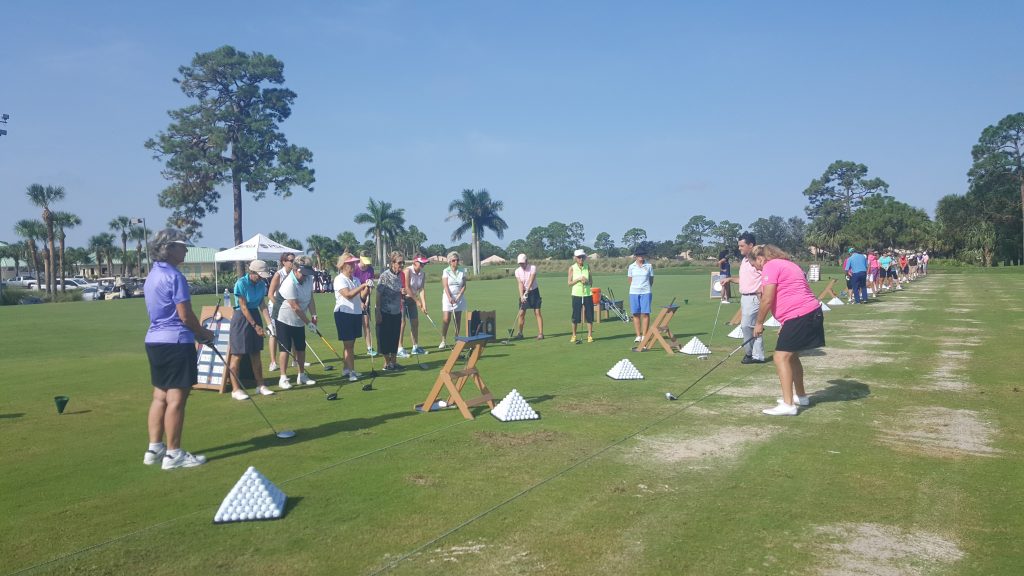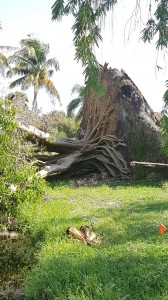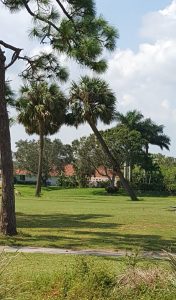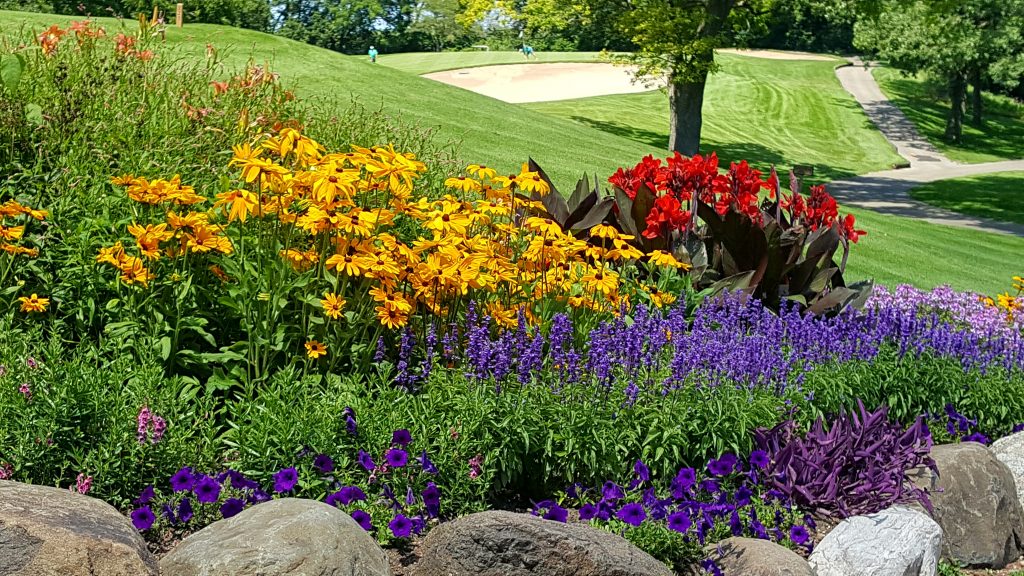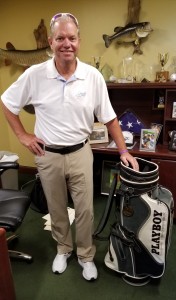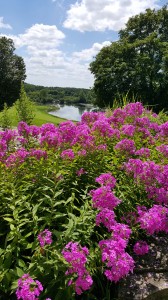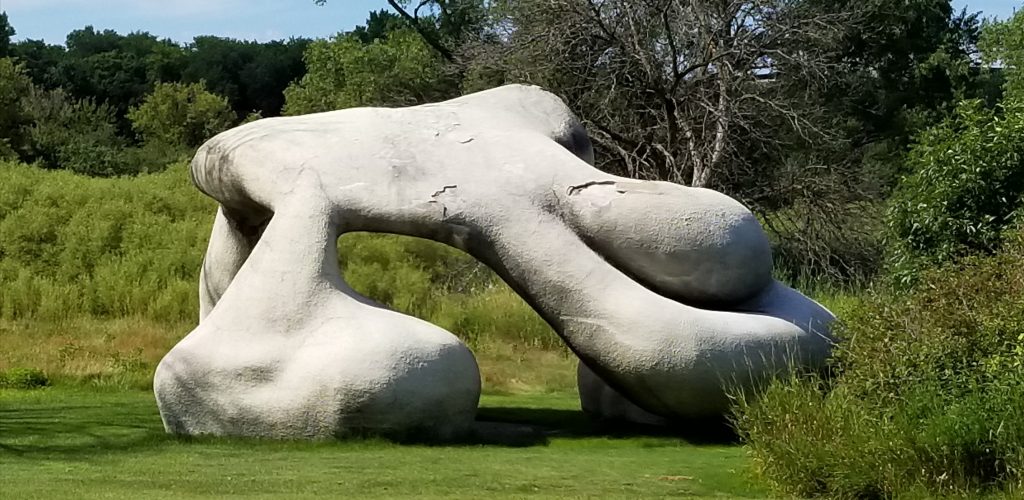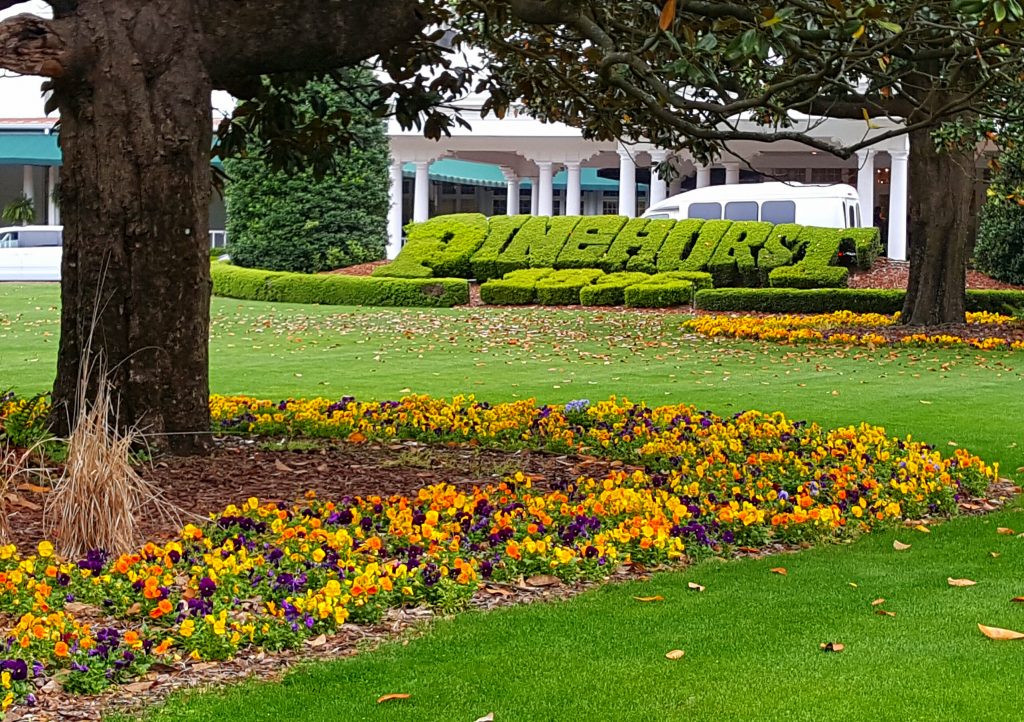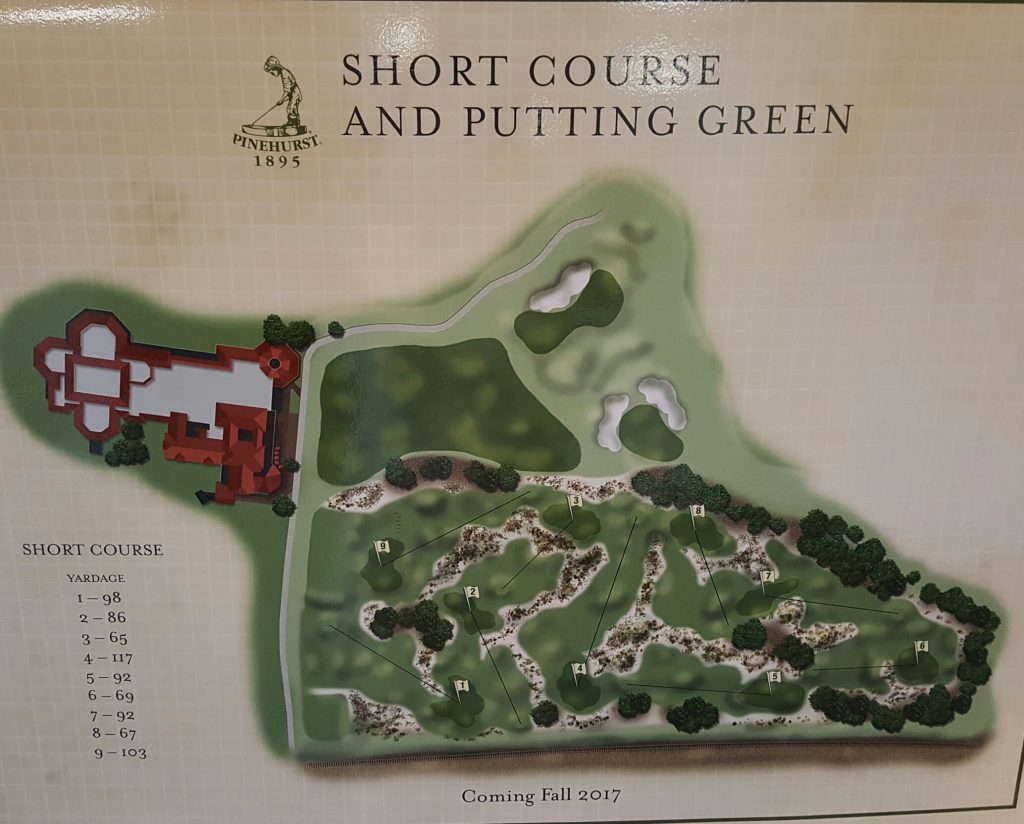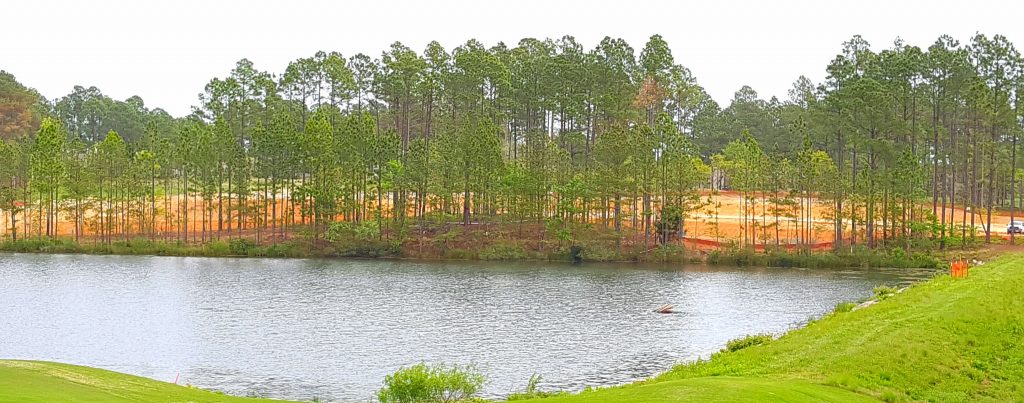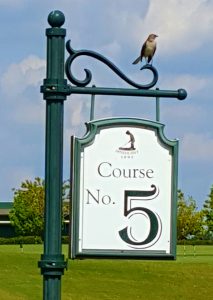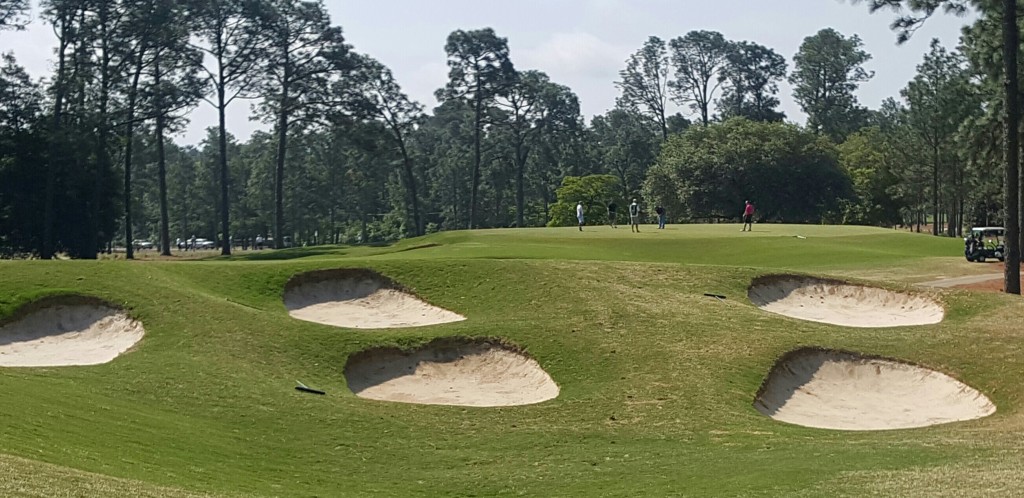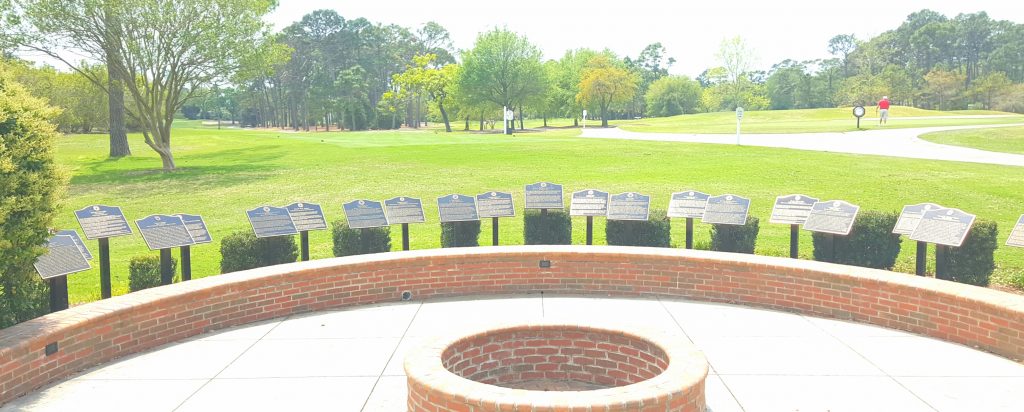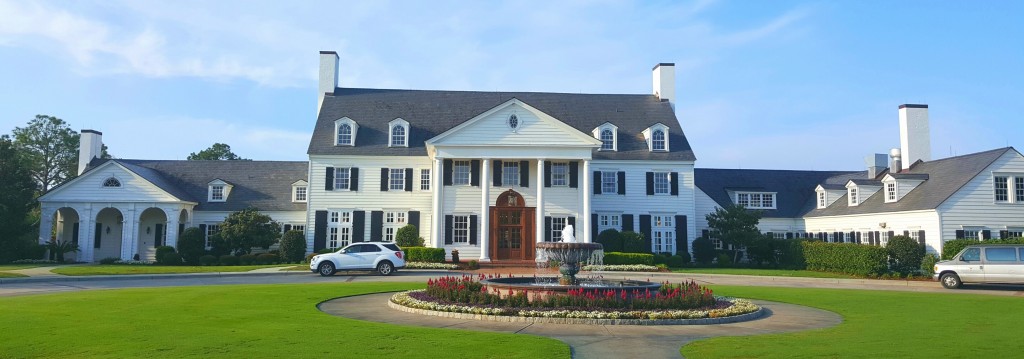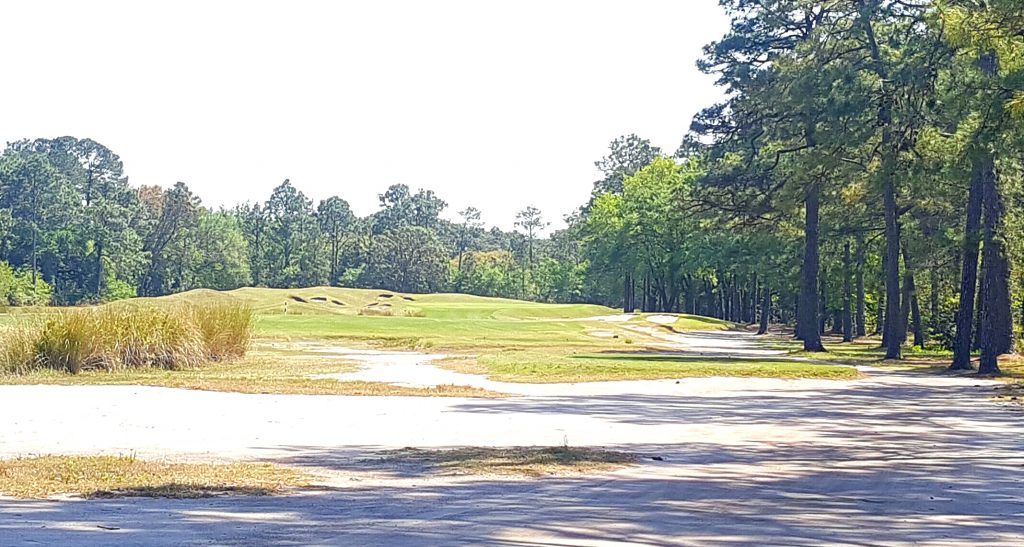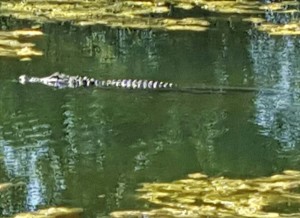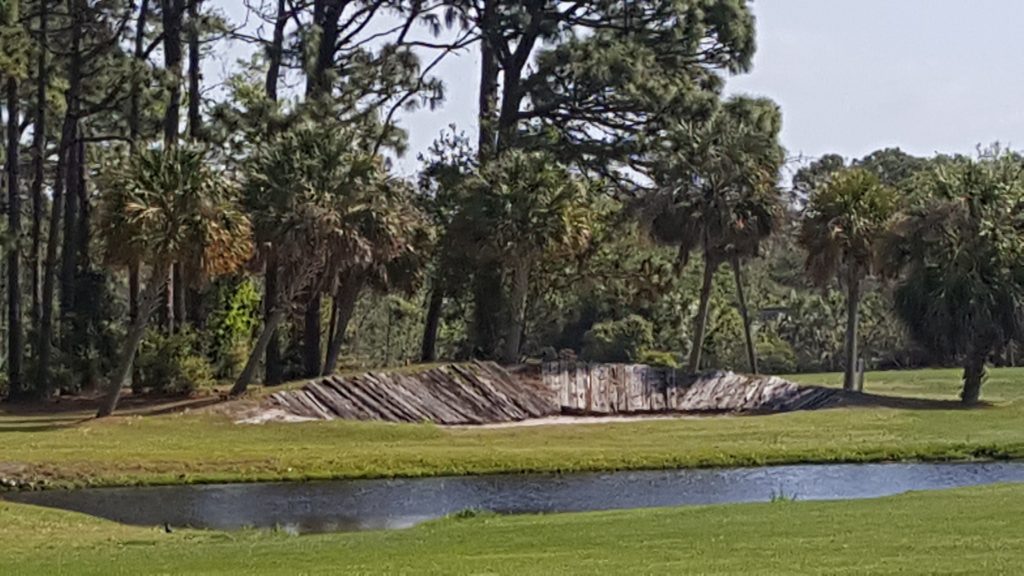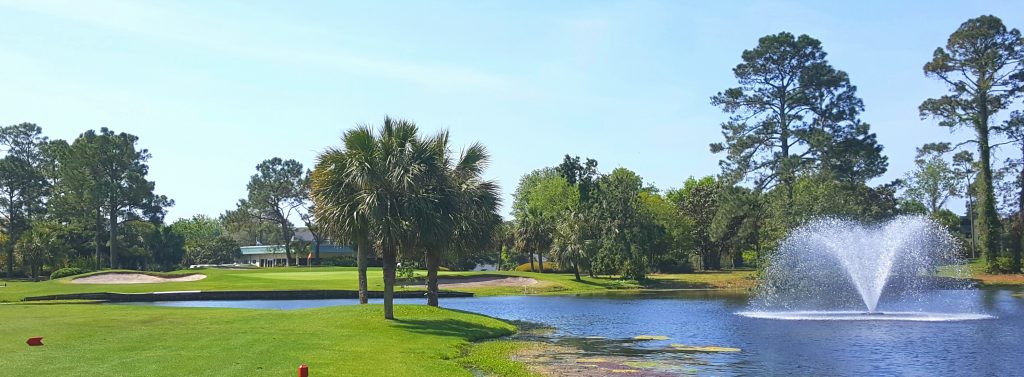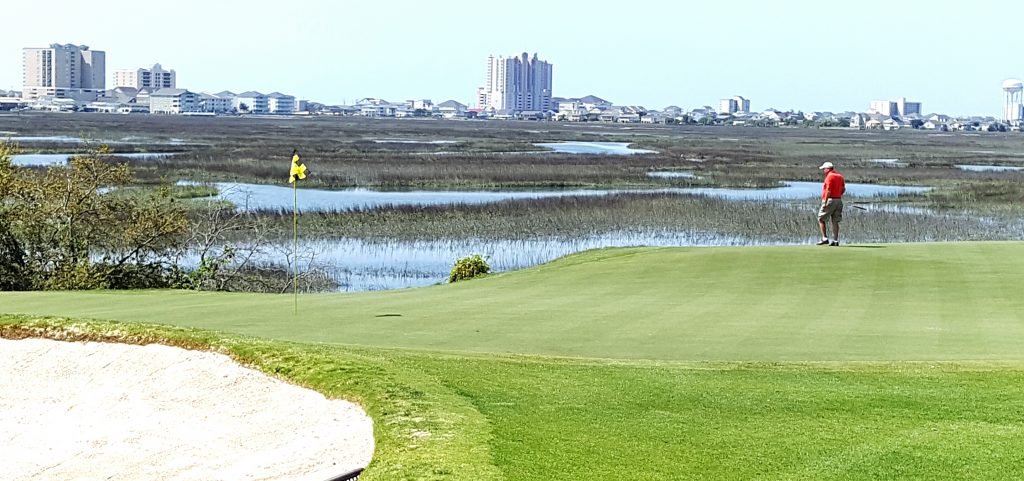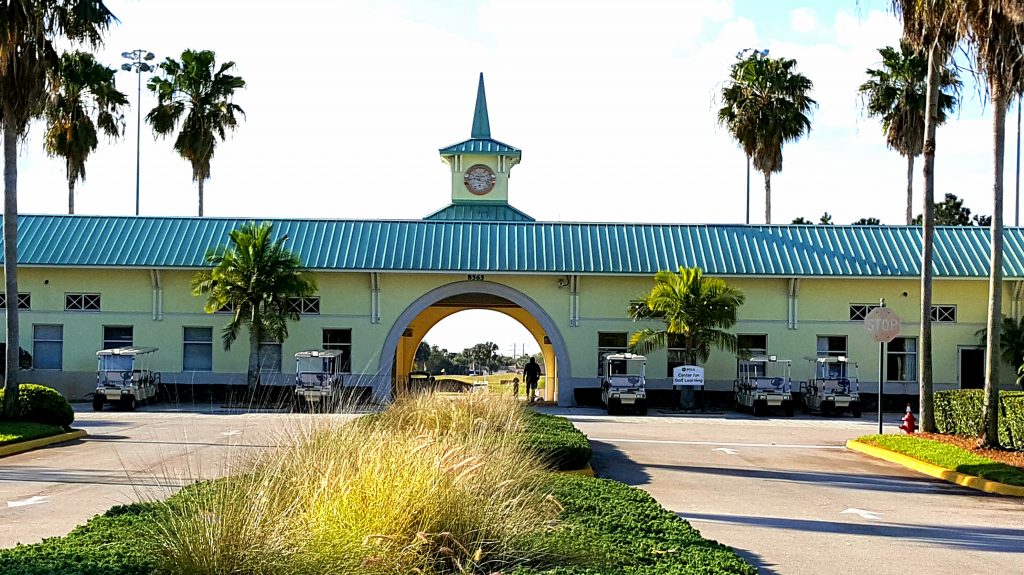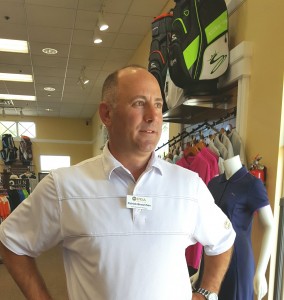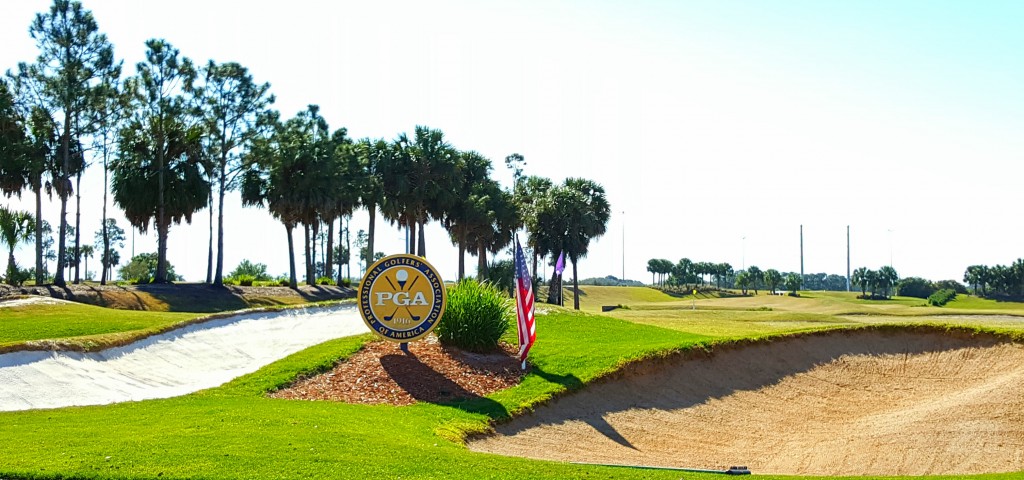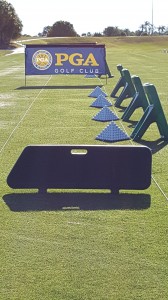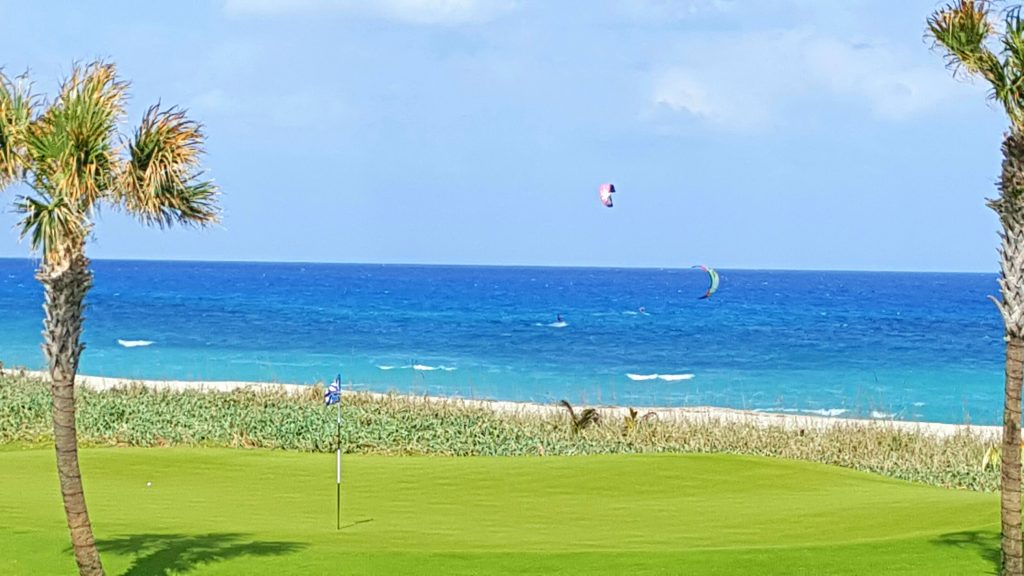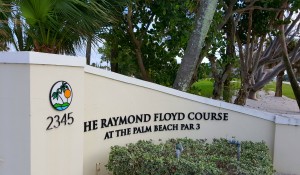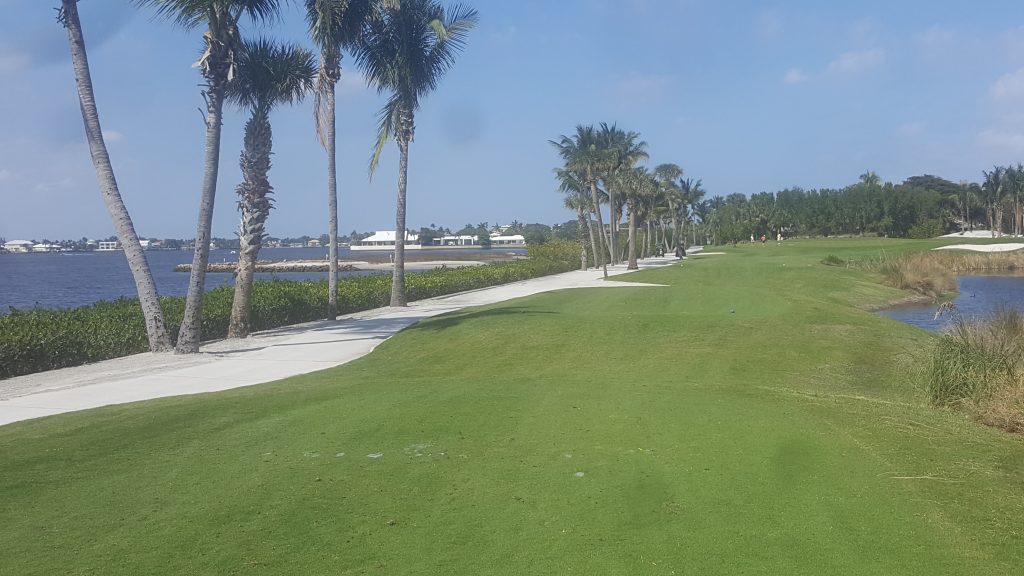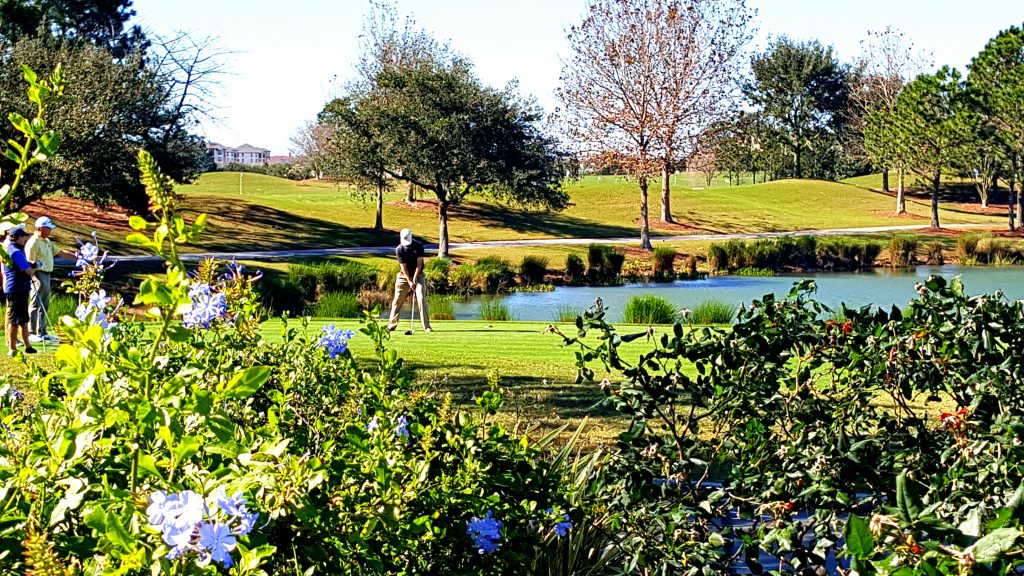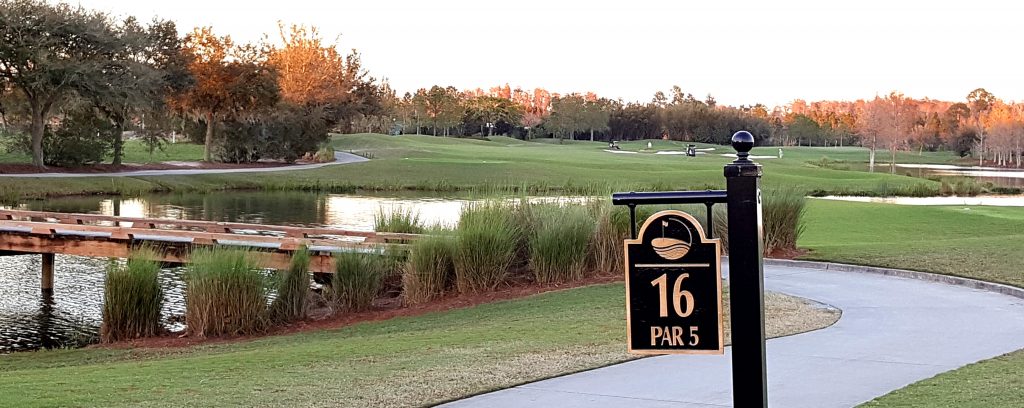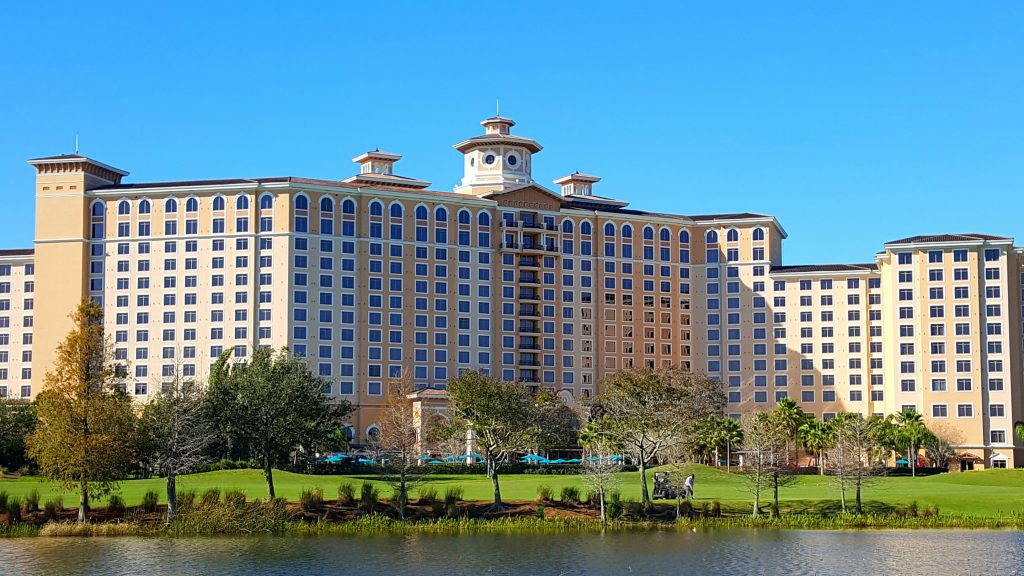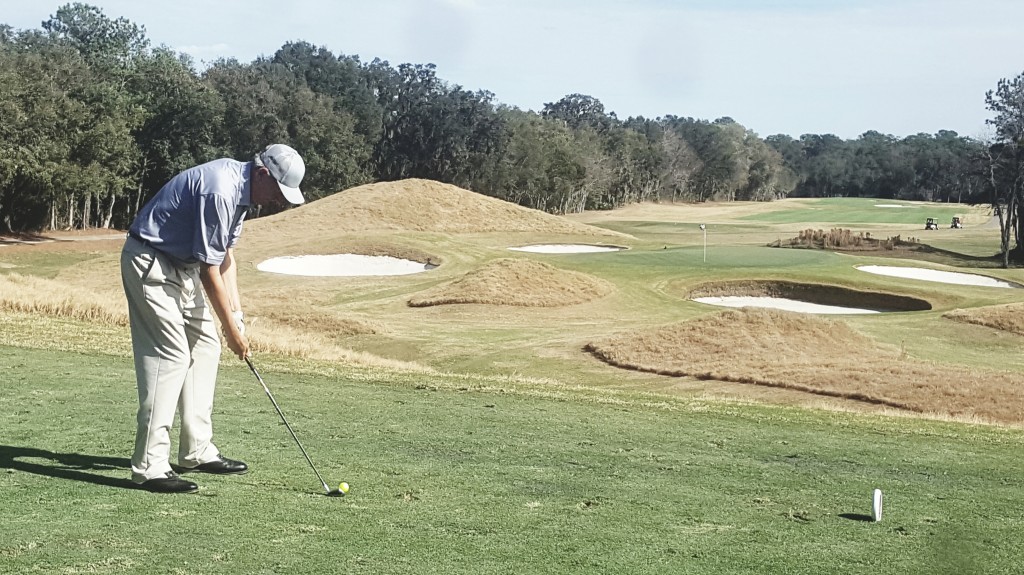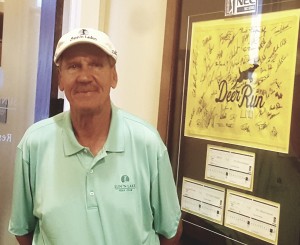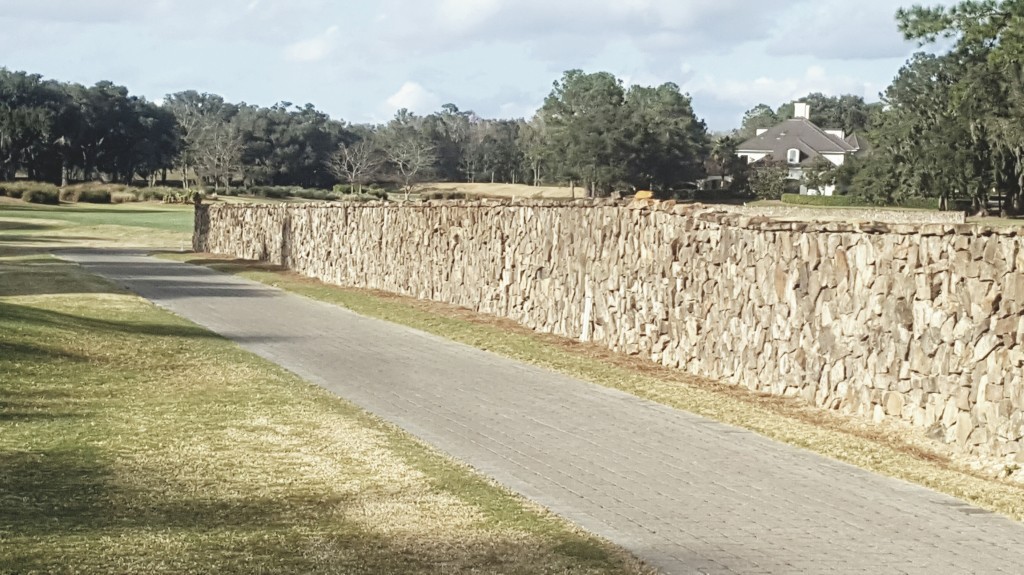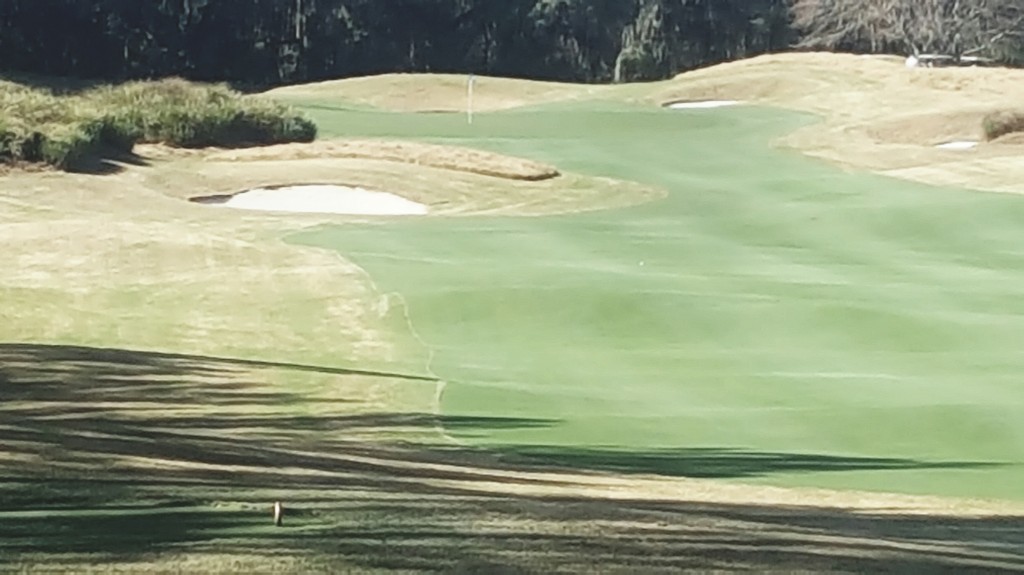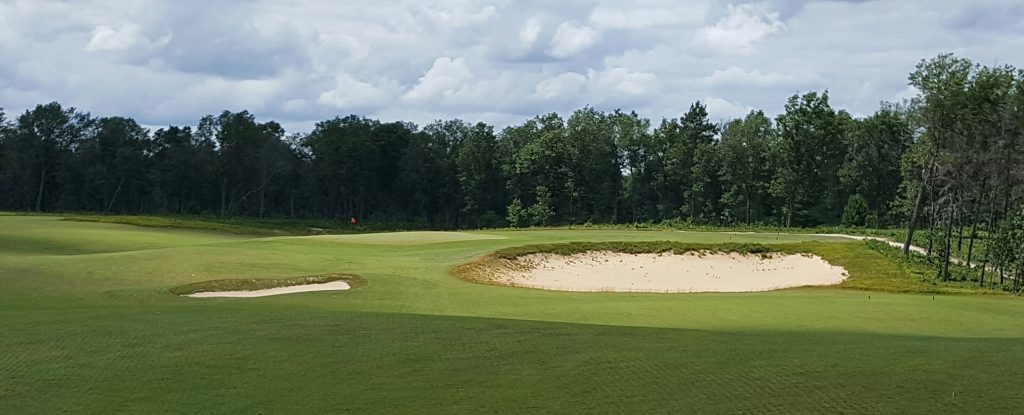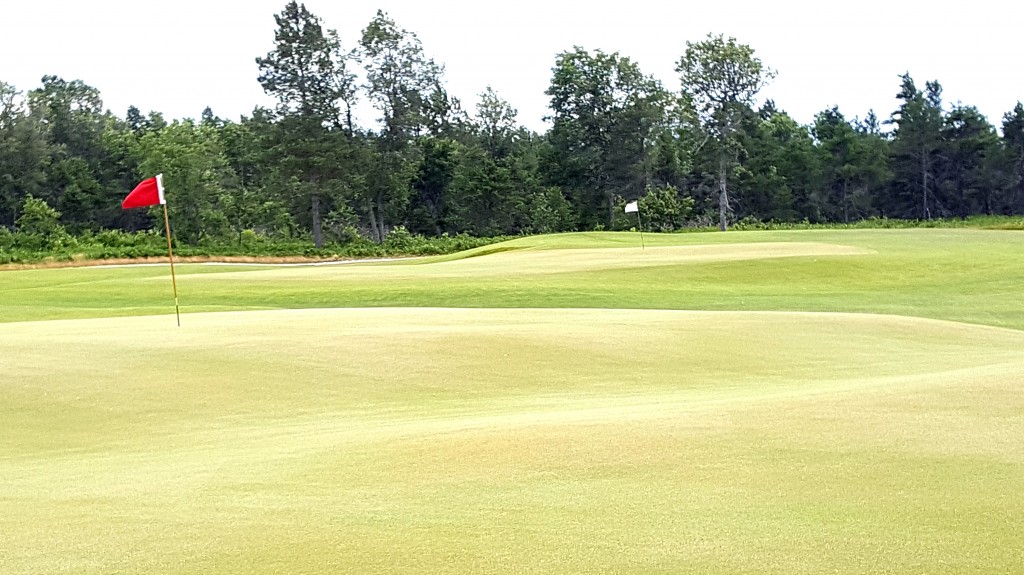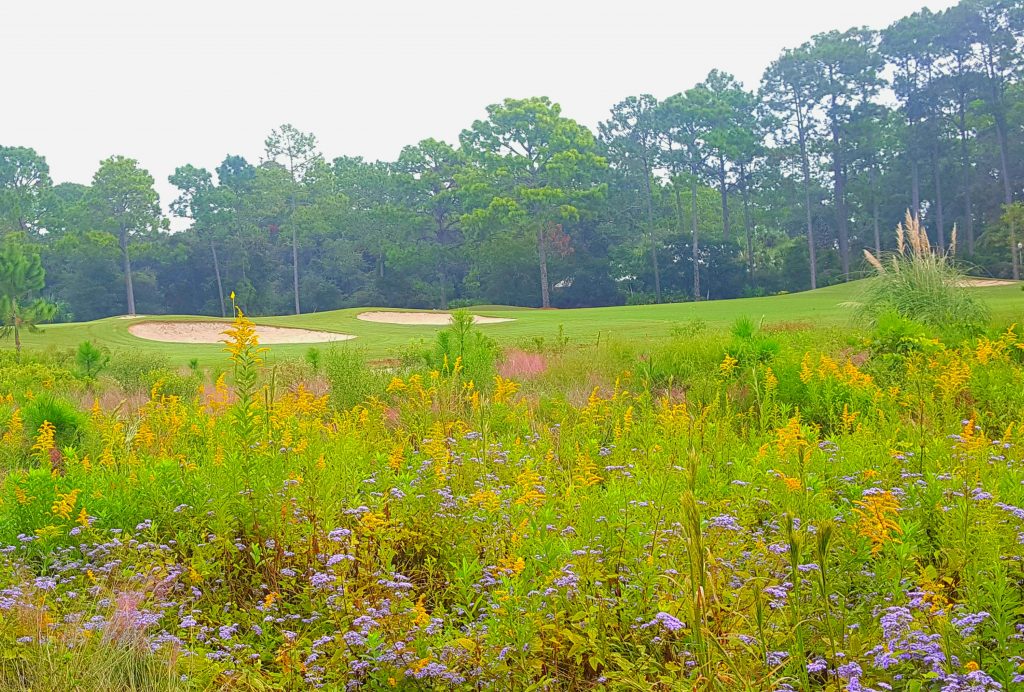
 PANAMA CITY BEACH, Florida – You would think, given all the years I’ve spent travelling through Florida and now residing there, that the state’s golf scene couldn’t provide much in the way of surprises.
PANAMA CITY BEACH, Florida – You would think, given all the years I’ve spent travelling through Florida and now residing there, that the state’s golf scene couldn’t provide much in the way of surprises.
Then we visited two destinations in the Panhandle, the sometimes forgotten section in the northwest portion of the state. That was an eye-opener.
Make no mistake, golf is an amenity in the Panhandle. Fishing and beach life are the most popular attractions that bring visitors there. The golf, though, shouldn’t be taken lightly. In fact, it’s getting a big boost these days as course operators strive to make it a tourist destination as well, and Chicago-based KemperSports is a major part of that effort.
KemperSports took over the management of the Bay Point Golf Club in Panama City Beach nearly two years ago and most recently assumed a similar role after Chicago-based investors purchased the St. James Bay course in Carrabelle. They’re very different places, but their courses will definitely be of interest to serious golfers.
Bay Point, which has two 18-hole layouts, has an interesting history. Its Lagoon Legends course had been considered the most difficult course in Florida – if not in the entire United States. While a course with a slope rating in the 140s is considered a major challenge, the Lagoon Legends’ number was an astounding 157.
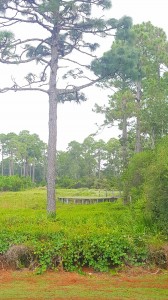
Robert von Hagge, a prolific course architect from the 1960s into the 1980s, was the designer. He put severe moguls in the fairways, and they became infamous to the course’s players.
“It must have been really hard. You could hit a drive down the fairway and never find it,’’ said Ryan Mulvey, now the general manager at Bay Point. So, in 2004, the owners of the course made the unusual decision to bring in the Florida-based Nicklaus Design Group to soften the course.
Since the trademark of courses designed by the legendary Jack Nicklaus is that they’re always challenging, that must have made players wonder what a Nicklaus “softening’’ might be.
Nicklaus’ son Gary was the lead designer for a thorough renovation that was completed in 2005. The moguls disappeared and the green complexes were toned down. There’s still a touch of the strange – the sharp double dogleg par-4 fifth hole with two forced carries – but the course is certainly playable and the slope is now a more reasonable 143 from the back tees. Water comes into play on 15 of the 18 holes.
KemperSports came aboard on this project when New York-based Torchlight Investors took over the course along with the very pleasant Sheraton Bay Point Hotel in 2015. Bay Point is Torchlight’s only venture into the golf industry. Since then the number of rounds on the two courses climbed from 35,000 in 2015 to 52,000 last year, and the projection for 2017 is 57,000.
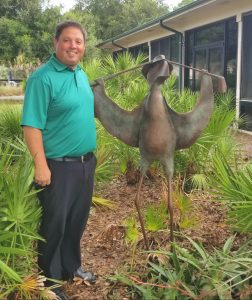
Golfers don’t just come just to play the now renamed Nicklaus Course. They also find the Meadows layout a nice complement. Unlike the Nicklaus Course, the Meadows is very tight with beautiful oak trees, small greens, lots of doglegs and no forced carries. Willard Byrd designed the Meadows Course in the 1970s.
Pricing is also unusual for Florida, in part because the Panhandle doesn’t have many courses. Panama Beach City is about 60 miles into Florida from the Georgia and Alabama state lines. It’s a five-hour drive from Atlanta, four hours from Birmingham, Ala., and New Orleans and eight hours from Nashville. But Tallahassee, Florida’s capitol city two hours to the east, provides the most out-of-town visitors.
Though Florida represents a get-away for golfers residing in cold climates, the golfing price structure at Bay Point doesn’t reflect that. The presence of beach-goers has led to greens fees being higher in the heat of summer than they are in the winter.
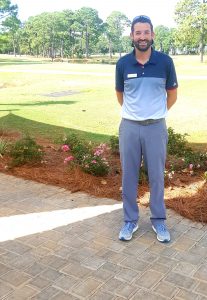
“In the winter we have the lowest rates of the courses in our area (roughly $60 for the Nicklaus and $50 for the Meadows) and in the summer we can charge the highest rates (about $90 for the Nicklaus and $70 for the Meadows),’’ said Mulvey. “It’s just the market that we’re in. It’s challenging in that’s it’s not a golf market. There are only three (comparable) courses in our market, but once people get here, they love it.’’
Bay Point has one offering that the other courses don’t have. GolfBoards – eight of them – were offered starting last July and they’ve added to the Bay Point experience.
St. James Bay, the other KemperSports facility in the Panhandle, is two hours to the east and in a different time zone. There are some joint marketing projects in place between the facilities, and getting from one to the other offers a nice drive though small towns along St. Andrews Bay and the Gulf of Mexico.
St. James Bay, recently sold by original owner Eddie Clark to the Chicago group (called MJM Carrabelle), was designed by Jacksonville, Fla.-based architect Robert Walker. It opened in 2003 and is the only golf course in Franklin County. Its home base of Carrabelle is a hotbed for tarpon fishing.

The St. James Bay course stands out for its golf offerings from its abundance of forced carries. You get a wake-up call from the very first one, when you arrive at the No. 1 tee, and some of the other holes even have two of them. The forced carries won’t be popular with every player, but the wetlands and plant life throughout the well-conditioned course will be appreciated by all.
Golf Advisors has consistently listed St. James Bay among its most popular courses in Florida and more recently rated it No. 83 among its top 100 nationally. Its staff, headed by six-year head professional Rob Burlison, is a friendly bunch.
Unlike Bay Point, St. James Bay doesn’t consider itself a resort. Though it has comfortable, upscale lodging available, St. James Bay is a stand-alone public golf course.
It doesn’t have as many nearby attractions as Bay Point but St. George Island is 30 miles away and the town of Apalachicola has an unusually nice array of dining and shopping options.
